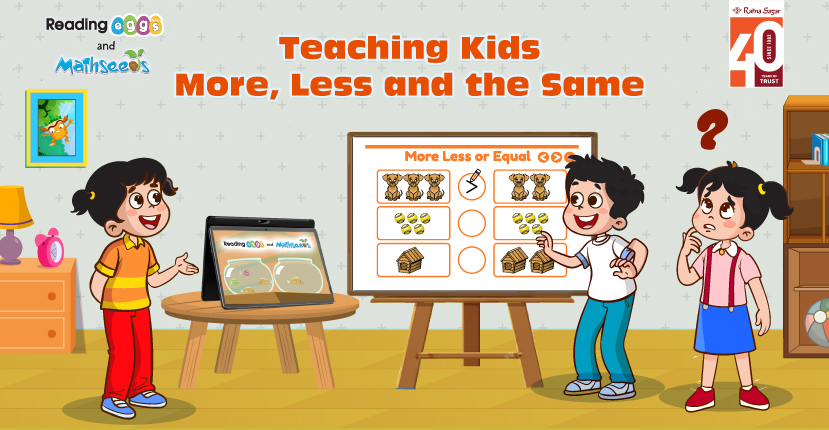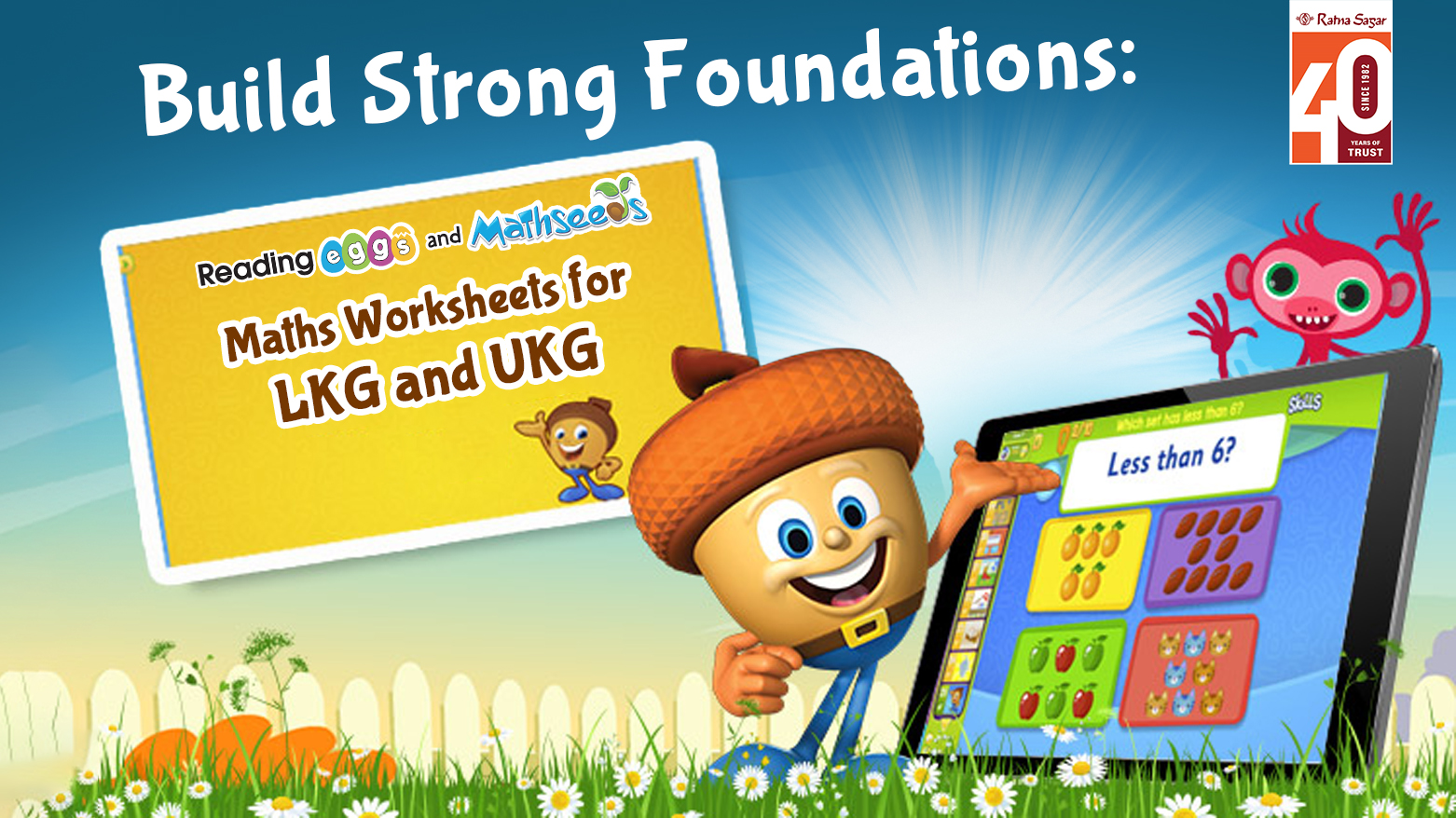Teaching Kids More, Less and the Same
Teaching children the concepts of more, less and the same is an essential step in their early mathematical development. These foundational maths concepts help children understand quantities and relationships between numbers. It sets the stage for more complex mathematics in later years. Through engaging activities, clear examples and structured guidance, you can make learning fun and effective. This article explores strategies to teach kids more, less and the same, while also highlighting the benefits of using Reading Eggs and Mathseeds to enhance their learning experience.
Why are These Concepts Important?
Understanding more, less and equal provides children with the tools to compare quantities. It is a skill that is critical for everyday problem-solving. Whether it’s dividing snacks, identifying who has the most toys or deciding which line is shorter, these skills are constantly applied in real-life situations. By introducing these concepts early, children build confidence in recognising and understanding differences in amounts. Reading Eggs and Mathseeds, an interactive online platform designed for young learners, excels at teaching such maths concepts. Through games, quizzes and interactive more and less worksheets, children can explore these ideas in a structured and enjoyable way.
Strategies for Teaching More, Less and the Same
Here are some easy ways for teaching children more, less and the same concepts:
1. Use Everyday Objects
Start with tangible items such as toys, fruit or blocks. Arrange two groups of objects and ask questions like:
- “Which group has more?”
- “Which group has less?”
- “Are they the same?”
This hands-on approach helps children see the concept in action. To make this more engaging, incorporate Mathseeds' interactive tools, where children can practice identifying more or less quantities in colourful, animated scenarios. Here’s a snippet for the same: 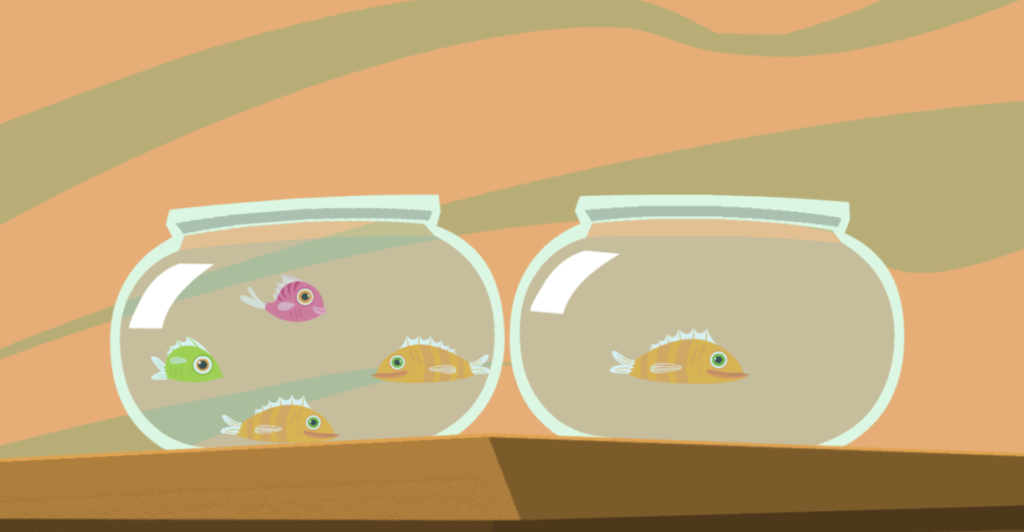
Book 7 days FREE trial For UKG Maths Worksheet
2. Incorporate Storytelling
Create simple stories involving characters comparing amounts. For example:
- “Sarah has 3 apples and Tom has 5. Who has more?”
- “The red basket has fewer bananas than the blue basket. How many are in each?”
Stories make learning relatable and memorable. Mathseeds features story-based activities that weave more and less concepts into fun narratives, keeping children engaged.
3. Play Sorting Games
Sorting objects into groups of more, less and equal is a practical activity that reinforces these concepts. For example:
- Sort buttons into two piles and compare the quantities.
- Use beads to create patterns where one row has more than another.
Reading Eggs and Mathseeds enhances this approach by offering games that challenge children to arrange items based on their quantities. Here’s a snippet where the student has to place balls in the boxes according to the mentioned quantities: 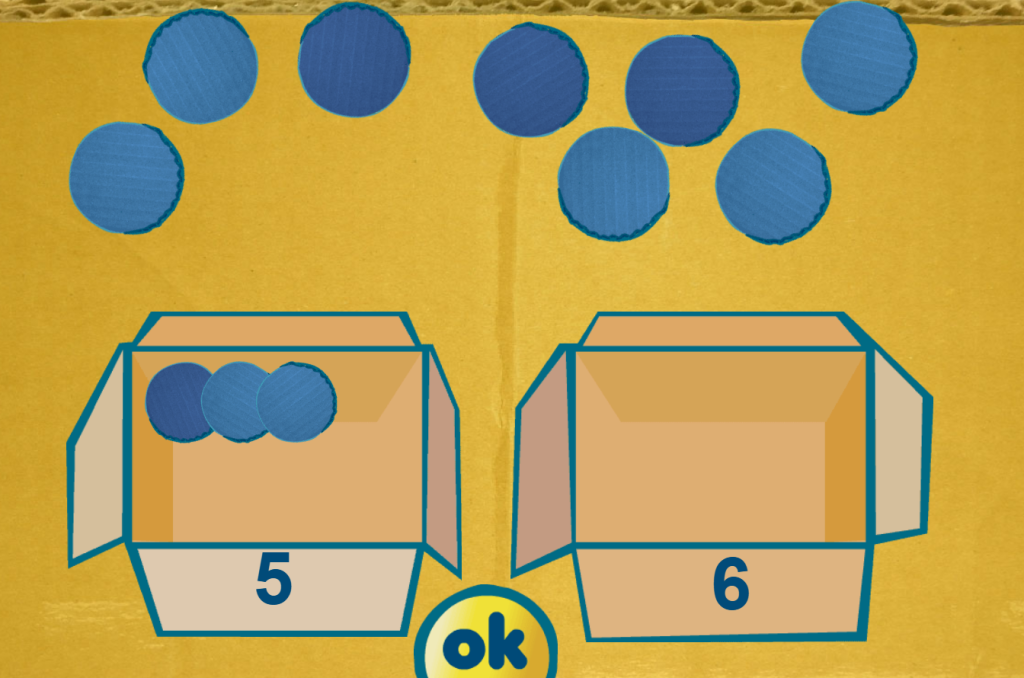
4. Explore More and Less Worksheets
Worksheets are a great way to provide structured practice. Look for maths worksheets for young learners that include:
- Counting objects and identifying which group has more or less.
- Matching groups with equal quantities.
- Solving simple word problems related to more, less and the same.
Mathseeds offers a wide variety of more and less worksheets. These worksheets are tailored to different learning levels. They are interactive, making practice enjoyable and productive. 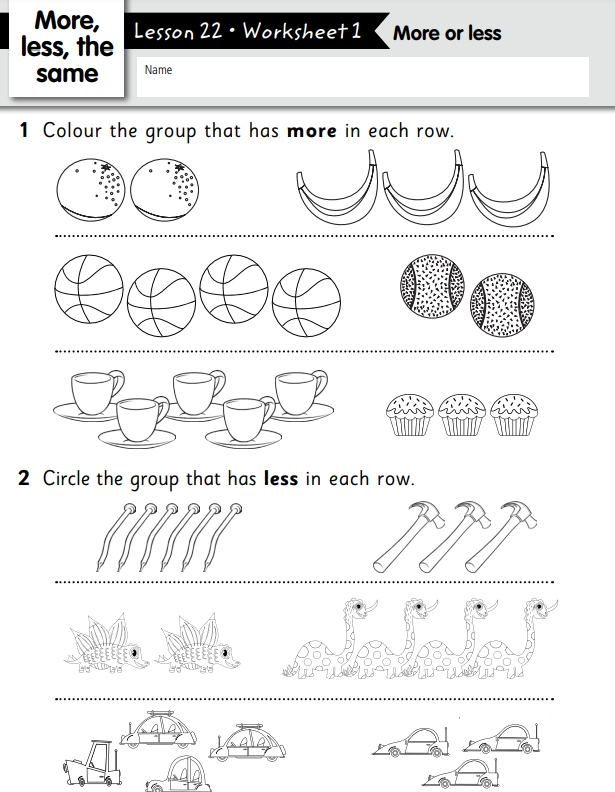
Book 7 days FREE trial For UKG Maths Worksheet
5. Introduce Visual Aids
Charts, diagrams and number lines can simplify concepts. For instance:
- Use a number line to show how moving left decreases a number and moving right increases it.
- Draw bar graphs to compare quantities visually.
Mathseeds incorporates visual aids in its lessons, ensuring children grasp more less and equal concepts with ease.
How Does Reading Eggs and Mathseeds Supports Learning?
Reading Eggs and Mathseeds is a comprehensive learning platform that combines fun with education. Here’s how it helps:
- Interactive Lessons: The platform offers step-by-step lessons on comparing quantities. Children learn to identify more, less and the same through engaging activities.
- Personalised Progress: Mathseeds tailors lessons to each child’s pace, ensuring they master one concept before moving to the next. This personalised approach makes it ideal for teaching maths concepts like more and less.
- Gamified Learning: With games and challenges, Mathseeds turns learning into play. These activities reinforce concepts like more or less, keeping children motivated.
- Printable Worksheets: The platform provides worksheets that complement its digital lessons. Parents and teachers can download printable maths worksheets for offline practice, offering a well-rounded learning experience.
- Parent Involvement: Reading Eggs and Mathseeds includes progress reports of students, making it easy to track their child’s progress.
Overcoming Common Challenges
Some children may struggle to grasp these concepts initially. Here’s how to help:
- Be Patient: Allow children to take their time. Repetition is key to understanding.
- Provide Examples: Use multiple examples to explain the same idea. Mathseeds’ diverse activities ensure children encounter varied examples of more and less.
- Encourage Exploration: Let children experiment with objects and numbers. Hands-on learning builds confidence.
- Celebrate Progress: Celebrate small victories to keep your child motivated. Reading Eggs and Mathseeds’ rewards and badges make learning achievements fun.
Conclusion
Teaching children the concepts of more and less is a vital part of their early education. By using everyday activities, stories, games and more and less worksheets, you can make learning enjoyable and effective. Reading Eggs and Mathseeds is an excellent resource for parents and teachers, offering interactive lessons, engaging games and support to help children master more, less and the same.
